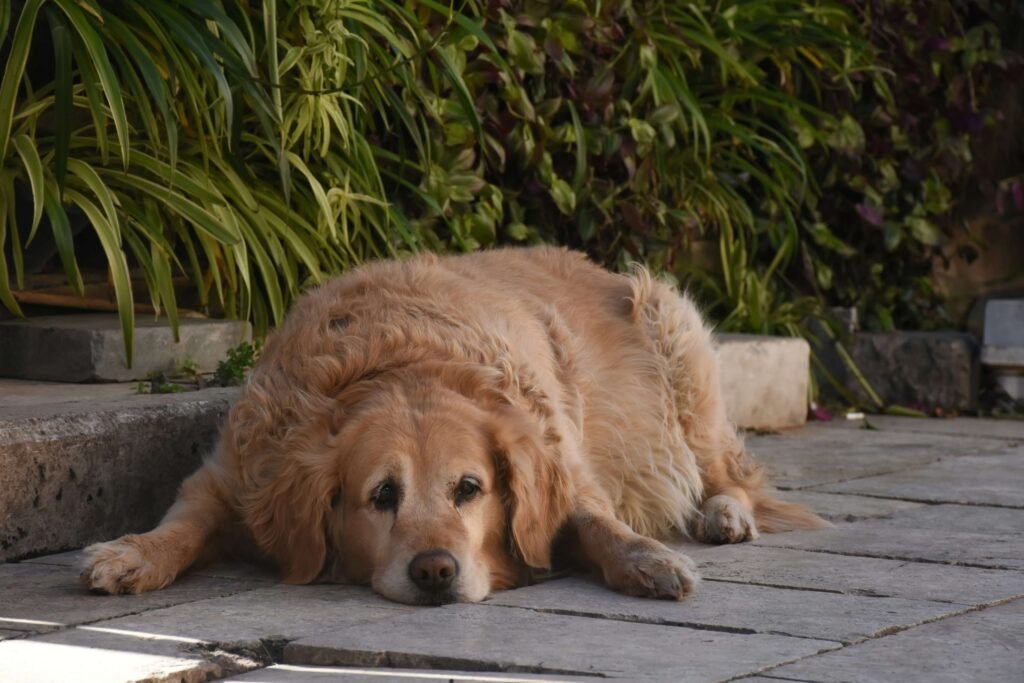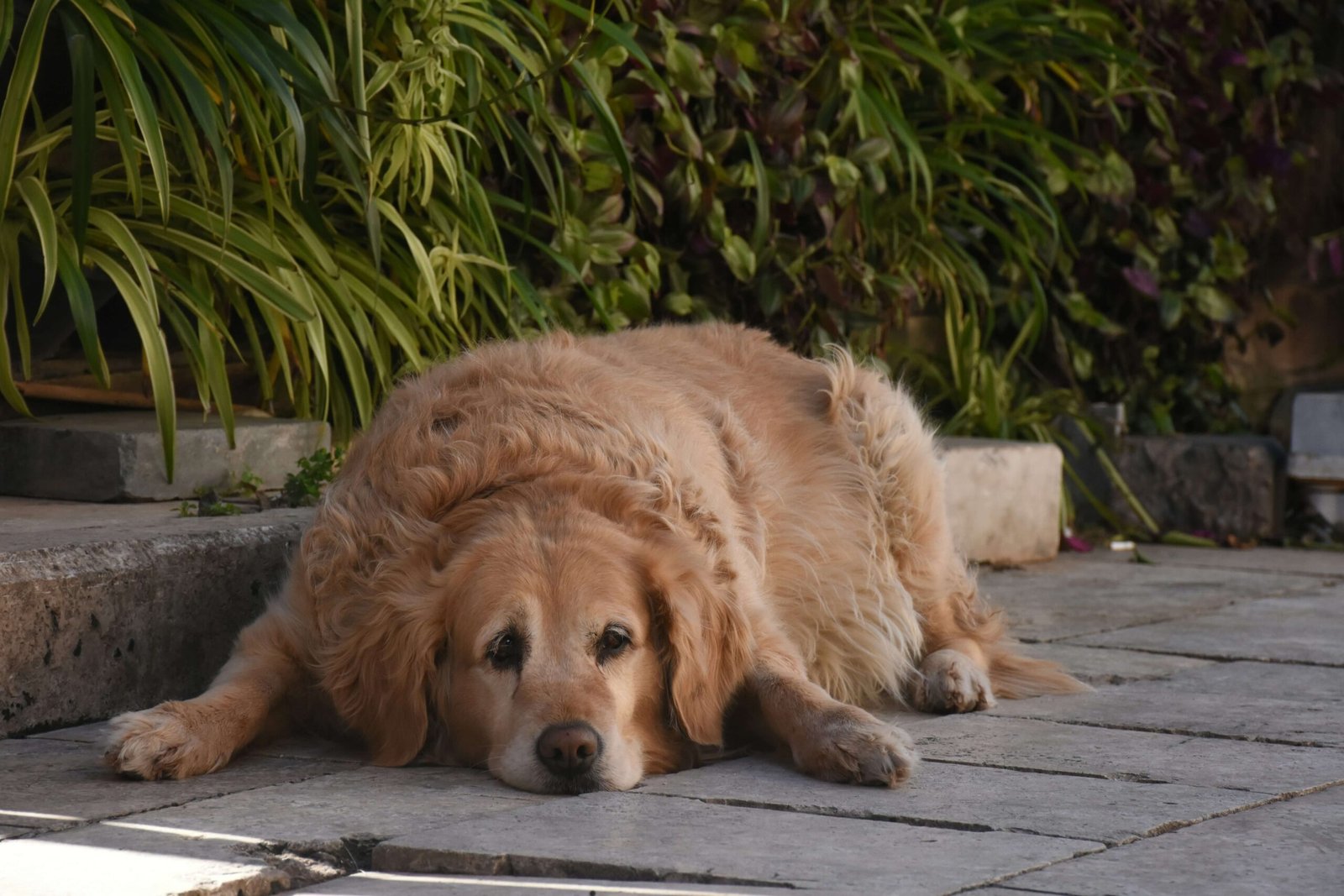Signs Your Dog Needs Anal Glands Expressed: Best 7 Tips
As a loving dog owner, you want to ensure your furry friend is as comfortable and healthy as possible. While many aspects of dog care are straightforward—like feeding, grooming, and exercise—there are some less-discussed topics that every pet parent should understand. One such topic is the health of your dog’s anal glands. Though it might not be the most glamorous subject, knowing how to recognize when your dog needs their anal glands expressed can save them from discomfort and even potential health issues.
In this blog post, we’ll explore everything you need to know about this important aspect of canine care, from signs to watch for, to preventive measures, and what to do if you suspect a problem.
Common Signs That Indicate Your Dog’s Anal Glands May Need Attention
If you’re wondering whether your dog’s anal glands need expressing, there are several telltale signs to look out for. These symptoms often manifest in changes to your dog’s behavior or physical condition. Here’s a list of common indicators:
Scooting: If your dog frequently drags their bottom across the floor, it could be a sign of discomfort caused by full anal glands.
Excessive Licking: Pay attention if your dog obsessively licks or chews around their rear end. This behavior is often an attempt to relieve irritation.
Foul Odor: A strong, unpleasant smell emanating from your dog’s rear area may indicate that the anal glands are impacted or leaking.
Swelling or Redness: Check for visible swelling, redness, or inflammation near the anus, as these can signal gland-related issues.
Difficulty Defecating: If your dog seems to strain or experience pain during bowel movements, it could be due to blocked anal glands.
While these signs don’t always mean the anal glands need expressing, they are strong indicators that something might be wrong. If you notice any of these symptoms, it’s best to consult your veterinarian for a proper diagnosis and treatment plan.
Preventive Measures to Keep Your Dog’s Anal Glands Healthy
Prevention is always better than cure, especially when it comes to your dog’s anal gland health. By taking proactive steps, you can reduce the likelihood of issues arising. Here are some effective ways to keep your dog’s anal glands in good condition:
High-Fiber Diet: Feeding your dog a diet rich in fiber can help promote regular bowel movements, which naturally express the anal glands during defecation.
Regular Exercise: Physical activity supports overall digestive health, which in turn helps maintain healthy anal glands.
Routine Check-Ups: Schedule regular vet visits to ensure your dog’s anal glands are functioning properly and catch any problems early.
Monitor Stool Consistency: Soft or irregular stools can prevent natural expression of the glands, so maintaining firm, healthy stools is key.
Professional Gland Expression: If your dog has a history of anal gland issues, ask your vet about scheduling routine professional expressions as a preventive measure.
By incorporating these practices into your dog’s care routine, you can significantly lower the risk of anal gland problems and ensure your pet stays happy and comfortable.
Check this guide 👉Diet for Healthy Anal Gland Expression in Dogs: Best 7 Tips!
Check this guide 👉Dog Ruptured Anal Gland Abscess Treatment Cost: Best 7 Tips!

Signs of Anal Gland Issues | Preventive Actions |
|---|---|
Scooting on the floor | Feed a high-fiber diet |
Foul odor from rear area | Ensure regular exercise |
Excessive licking or chewing | Monitor stool consistency |
Swelling or redness near anus | Schedule routine vet check-ups |
Difficulty during bowel movements | Consider professional gland expression |
When to Seek Veterinary Help
While some minor anal gland issues can resolve on their own, others require professional intervention. Knowing when to seek veterinary help is crucial for your dog’s well-being. Below are scenarios where you should contact your vet immediately:
Persistent Symptoms: If your dog continues to scoot, lick excessively, or show other signs of discomfort despite home care efforts, it’s time to see the vet.
Visible Abscesses: If you notice pus, blood, or open wounds near the anus, this could indicate an infection or abscess that requires medical treatment.
Behavioral Changes: Significant lethargy, loss of appetite, or unusual aggression may suggest severe discomfort or illness related to the anal glands.
Recurrent Problems: Dogs who frequently experience anal gland issues may need ongoing management or further investigation by a vet.
Unexplained Weight Loss: Sudden weight loss combined with anal gland symptoms could point to a more serious underlying condition.
Prompt veterinary care can prevent complications and ensure your dog receives the appropriate treatment. Always err on the side of caution when it comes to your pet’s health.
DIY vs. Professional Anal Gland Expression
Deciding whether to express your dog’s anal glands at home or leave it to the professionals is a common dilemma for pet owners. Both options have pros and cons, depending on your comfort level and your dog’s specific needs. Consider the following points before making a decision:
DIY Risks: Attempting to express anal glands without proper training can cause injury or worsen existing issues.
Professional Expertise: Vets and groomers have the skills and tools to safely perform anal gland expression, minimizing risks.
Cost Considerations: While DIY methods save money, mistakes can lead to costly vet bills down the line.
Dog’s Temperament: Some dogs may become anxious or aggressive during the process, making professional handling preferable.
Frequency of Issues: For dogs with chronic problems, learning safe techniques under guidance might be beneficial in the long run.
Ultimately, consulting your vet is the best way to determine the right approach for your dog. Safety and effectiveness should always come first.
Dietary Adjustments to Support Anal Gland Health
Your dog’s diet plays a critical role in maintaining healthy anal glands. By making thoughtful adjustments, you can help prevent issues before they arise. Here are some dietary tips to consider:
Increase Fiber Intake: Foods like pumpkin, sweet potatoes, and green beans are excellent sources of fiber that promote regular bowel movements.
Hydration is Key: Ensure your dog has constant access to fresh water to keep their stools firm and aid digestion.
Limit Processed Foods: Highly processed dog foods may contribute to soft stools, which can prevent natural gland expression.
Probiotic Supplements: Adding probiotics to your dog’s diet can improve gut health and support overall digestive function.
Consult Your Vet for Tailored Advice: Every dog is unique, so it’s important to work with your vet to create a diet plan suited to your pet’s needs.
By focusing on nutrition, you can take a proactive approach to your dog’s anal gland health and reduce the likelihood of future problems. A balanced diet not only benefits their glands but also enhances their overall quality of life.
Signs That May Be Confused with Anal Gland Issues
Sometimes, symptoms resembling anal gland problems could indicate other health concerns. It’s essential to differentiate between these conditions to avoid unnecessary treatments. Below are signs that might mimic anal gland issues:
Allergies: Dogs with allergies often lick or chew excessively, particularly around sensitive areas like the rear end.
Parasites: Fleas or worms can cause itching and discomfort, leading to behaviors similar to those associated with anal gland problems.
Skin Infections: Redness or swelling near the anus could result from bacterial or fungal infections rather than impacted glands.
Orthopedic Pain: Hip or back pain may cause scooting as dogs attempt to relieve discomfort in their hindquarters.
Urinary Tract Infections: Difficulty urinating or frequent licking of the genital area can sometimes be mistaken for anal gland issues.
If you’re unsure about the source of your dog’s symptoms, consulting a veterinarian is the best course of action. Proper diagnosis ensures your dog receives the correct treatment and avoids unnecessary procedures.
Long-Term Management Strategies for Chronic Cases
For dogs with recurring anal gland issues, long-term management is key to minimizing discomfort and preventing complications. These strategies can help you stay ahead of potential flare-ups:
Scheduled Vet Visits: Regular check-ups allow your vet to monitor your dog’s anal gland health and address any emerging issues promptly.
Weight Management: Maintaining a healthy weight reduces pressure on the anal glands and lowers the risk of impaction.
Grooming Routine: Keeping the area around the anus clean and trimmed can prevent irritation and infection.
Supplements for Joint Health: Supporting your dog’s mobility through joint supplements can reduce strain on their rear end during movement.
Behavioral Monitoring: Pay close attention to changes in your dog’s behavior, as subtle shifts can signal underlying problems.
By implementing these strategies, you can create a sustainable care plan that addresses your dog’s chronic anal gland issues effectively. With consistency and vigilance, you’ll ensure your furry friend enjoys a comfortable and active life.
Frequently Asked Questions About Dog Anal Glands
What are anal glands, and why do dogs have them?
Anal glands are small sacs located on either side of a dog’s anus. They produce a smelly fluid used for marking territory and communication.
Can I express my dog’s anal glands at home?
While it’s possible, it’s generally safer to let a professional handle it unless you’re trained and confident in doing so.
How often do dogs need their anal glands expressed?
Most dogs naturally express their glands during bowel movements, but those with recurring issues may need assistance every few weeks.
Are certain breeds more prone to anal gland problems?
Yes, small breeds like Chihuahuas and Bulldogs, as well as overweight dogs, are more susceptible to anal gland issues.
Are certain breeds more prone to anal gland problems?
In severe cases, vets may recommend surgical removal of the glands, though this is typically considered a last resort.
Keeping Your Dog Comfortable and Happy
Understanding how to recognize and address anal gland issues is an essential part of responsible dog ownership. By staying vigilant for signs of trouble, taking preventive measures, and seeking professional help when needed, you can ensure your furry companion remains healthy and pain-free. Remember, while anal gland care might not be the most glamorous topic, it plays a vital role in your dog’s overall well-being. With the right knowledge and resources, you can tackle this aspect of pet care confidently and compassionately. After all, a happy dog means a happy home!
Canned Pumpkin for Cat Diarrhea: Best 7 Expert Tips! Natural remedy to firm stools, soothe upset bellies, and support gut health safely.
Can a Cat Give You Scabies? Best 7 Expert Tips! Discover the truth about feline mites, human skin risks, and how to protect yourself—without panic.
Cat Flea vs Human Flea: Best 7 Expert Tips! Discover the truth about bites, species, and how to eliminate infestations for good.
Weird Cat Behaviors: Best 7 Expert Tips! Discover why cats do strange things—and how to understand, not punish, their instincts for a happier home.





